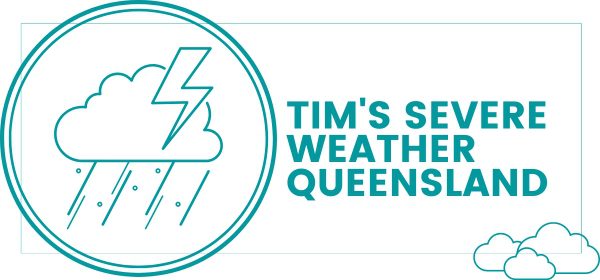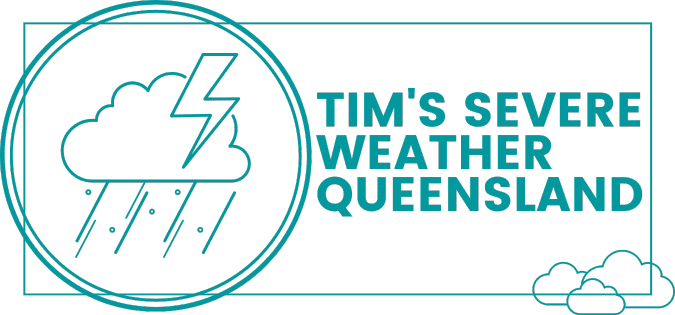Weather Forecasts QLD & NSW
Other Weather Tools
Understanding Weather Forecasts in Queensland and New South Wales
Discover the secrets of weather forecasts. Learn about daily, 7-day, and 14-day predictions, and how they impact you in Queensland and New South Wales.
Weather forecasts play a crucial role in our daily lives, influencing what we wear, how we plan our activities and even our safety. Whether you’re in Queensland or New South Wales, understanding weather forecasts can help you stay prepared and make informed decisions.
1. The Basics of Weather Forecasts
Weather forecasts provide predictions about upcoming weather conditions, including temperature, precipitation, wind, and more. In Queensland and New South Wales, these forecasts are crucial for planning outdoor activities, agricultural practices, and managing water resources.
How Are Weather Forecasts Made?
- Meteorologists use various tools like weather satellites, radar, and computer models to predict future weather patterns.
- These predictions are based on factors like atmospheric pressure, temperature, humidity, and wind patterns.
2. Types of Weather Forecasts
Weather forecasts come in various forms, catering to different planning needs.
Daily Forecasts
- Offer a snapshot of expected weather conditions for the day.
- Provide details like temperature highs and lows, chance of precipitation, and wind speed.
7-Day Weather Forecasts
- Extend predictions for the next seven days, giving a broader outlook for the week.
- Helpful for planning events, travel, and outdoor activities.
14-Day Weather Forecasts
- Provide an extended outlook for the next two weeks.
- While less accurate, they can give a general idea of long-term trends.
3. Weather Warning Forecasts
Weather warnings are issued to alert the public about potentially dangerous weather conditions. These can include severe thunderstorms, cyclones, floods, and heatwaves.
What to Do During Severe Weather Warnings?
- Stay informed by monitoring weather updates from reliable sources like the Bureau of Meteorology (BOM).
- Follow safety guidelines and evacuation procedures if advised by authorities.
4. Understanding Weather Charts and Maps
Weather charts and maps visually represent weather data, making it easier to interpret complex information.
How to Read Weather Charts?
- Look for key elements like temperature, pressure systems, and precipitation patterns.
- Understand symbols and colour codes used in weather maps to interpret weather conditions.
FAQ
How accurate are weather forecasts?
Weather forecasts are generally accurate for the first few days but become less reliable as the forecast period extends.
Can weather forecasts predict specific events like thunderstorms?
Yes, weather forecasts can predict the likelihood of specific events like thunderstorms, but the exact timing and location can be challenging to predict.
Where can I find reliable weather forecasts for Queensland and New South Wales?
The Bureau of Meteorology (BOM) provides reliable weather forecasts for both Queensland and New South Wales on their website and mobile app.
Do weather forecasts impact agriculture in Queensland and New South Wales?
Yes, weather forecasts are crucial for farmers in planning their agricultural activities, including planting, harvesting, and irrigation.
How can I stay safe during extreme weather events?
During extreme weather events, it’s essential to stay informed, follow advice from authorities, and have an emergency plan in place.
Are there long-term weather forecasts available for Queensland and New South Wales?
Yes, long-term weather forecasts, including seasonal outlooks, are available, but they are less accurate than short-term forecasts.
Advice & Actionable Tips
- Always check the latest weather forecasts before planning outdoor activities.
- Stay informed about weather warnings and advisories in your area.
- Have an emergency kit ready with essentials like food, water, and medication in case of severe weather.
🌐Article Sources & Resources
- Bureau of Meteorology (BOM) – Queensland Weather and Warnings
- Bureau of Meteorology (BOM) – New South Wales 7-day Forecasts
- Weatherzone – Australia 7 Day Forecasts & Weather Radar
This article aims to demystify weather forecasts, helping you understand how they are made, the different types available, and how to interpret them. By staying informed and prepared, you can make the most of Queensland and New South Wales’ ever-changing weather.


